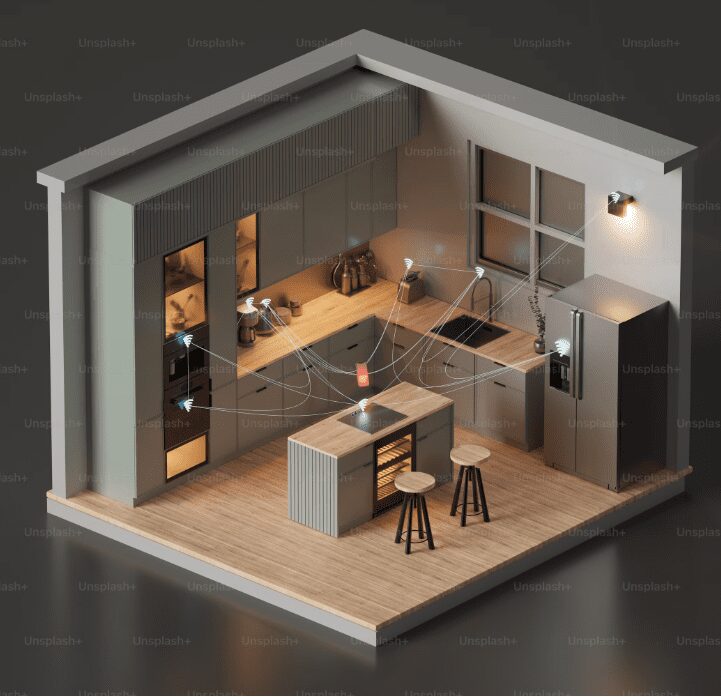
Smart Home Technology: Is It Worth the Investment?
In this era, smart smart home investment has now become a common feature in the homes of the modern. From voice-controlled virtual companions, to computerized security systems, these new creations pledge to make life more convenient, efficient, and cost-effective, but do they really live up to this claim? So, on this road, we will be looking at the benefits, the costs, and the doorways to move through a change.
The Benefits of Smart Home Technology
The Benefits of Smart Home Technology
1. Increased Convenience
Just imagine changing the various gadgets and appliances in your home with commands or smartphone with voice-. With such computing devices such as Amazon Alexa, Google Nest, and Apple HomeKit homeowners can automate their everyday tasks virtually effortlessly, making a smart home investment highly convenient.
2. Energy Efficiency & Cost Savings
Smart home investment in devices like Nest Learning Thermostat can save bills by adjusting temperature levels and learning your schedule. On the other hand, smart lighting systems apply motion sensors and dimming capabilities to reduce electricity waste.
3. Enhanced Security
As for the smart locks, video doorbells (such as Ring), and AI-run security cameras, these have become invaluable items for people to safeguard their houses as they allow for monitoring in real-time and provide remote control. You can safeguard your family through smart home investment in these features, even when you are away.
4. Higher Property Value
The imposing of the safety measures in these homes are other major factors propagating smart home investments.. Besides, such homes are popular with customers who are interested in technology, while they can increase the resale cost. According to Zillow, houses featuring smart technology can sell for a higher price and quicker as well.
5. Remote Access & Control
Through the use of a smart home investment in automation system, you can now control any home appliance, lighting, and the security system from literally anywhere, all thanks to the smartphone app—this is perfect for those who are frequent travelers and business professionals who are never at home.
The Costs & Potential Drawbacks
1. Upfront Investment
The first cost of installing a smart home investment may be high. A good example would be:
Smart thermostat: $150–$250
Video doorbell: $100–$300
Smart lighting system: $50–$200 per bulb
Full home automation: Can range from $1,000 to $10,000+
2. Compatibility Issues
It is not all the time that the smart devices work well together with one another. You might have several different brands in your house. Additional hubs or integrations together may be needed to combine them into one system, which can add complexity to your smart home investment
3. Privacy & Security Concerns
The internet connection to the devices can be a way for a hacker to breach into your privacy. Turning on your home network by using complex passwords and the latest security measures is a very important thing here.
4. Learning Curve
The most common problem when it comes to technology is the difficulty in managing and setting up smart home systems. Certain people may regard the older way of using systems as the one closer to the user, as it may sound a bit more complicated for different persons.
Is It Worth the Investment?
Whether or not the investment is worth it is the question again. With respect to your daily lifestyle and the top issues, such as convenience, energy efficiency, and security, smart home technology is, without doubt, a good choice. But, if you are tight with money or rather prefer regular systems, then the slow shift to smart devices is the best way to go.
The smart home technology these days is becoming more and more popular and by that it has surely changed our daily lives with its super advantages of consuming less energy and keeping our homes more secure. Also however you need to assume the amounts you will pay in the beginning and the possible obstacles. This makes the service an acceptable cost saving strategy for numerous homeowners in the long run. Smart technology, whether you’re thinking of turning your home into a smarthouse by automating it or trying to improve its price on the market, is the way forward in twenty-first-century living.
Will you be interested in using smart home tech? That would be really amazing, if you leave a comment below with what you are thinking.
